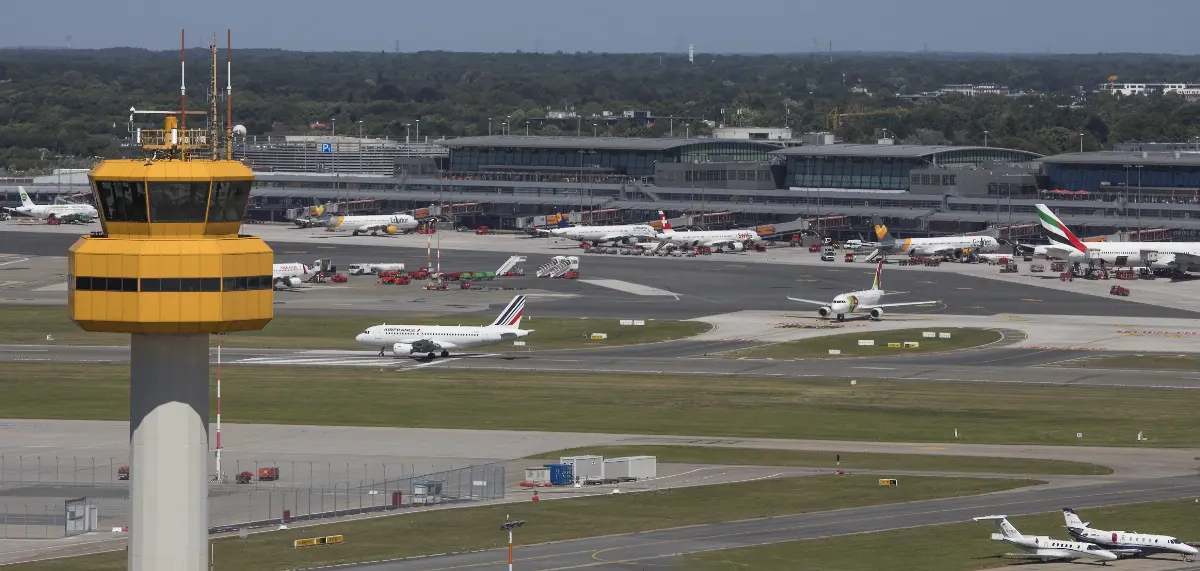
Do you want to access to this and other private contents?
Log in if you are a subscriber or click here to request service
Hamburg Airport: 11.1 million passengers in 2022
More than double the number of them from the previous year

The recovery of air travel has begun: After two weaker coronavirus years, 2022 brought with it the long-anticipated upturn – and it was much stronger than expected. Within one year, the passenger volume at Hamburg Airport more than doubled, from 5.3 million (2021) to around 11.1 million passengers in 2022. New challenges made the path out of the coronavirus trough more difficult: first the difficult f...
red/f - 1248731
AVIONEWS - World Aeronautical Press Agency
AVIONEWS - World Aeronautical Press Agency